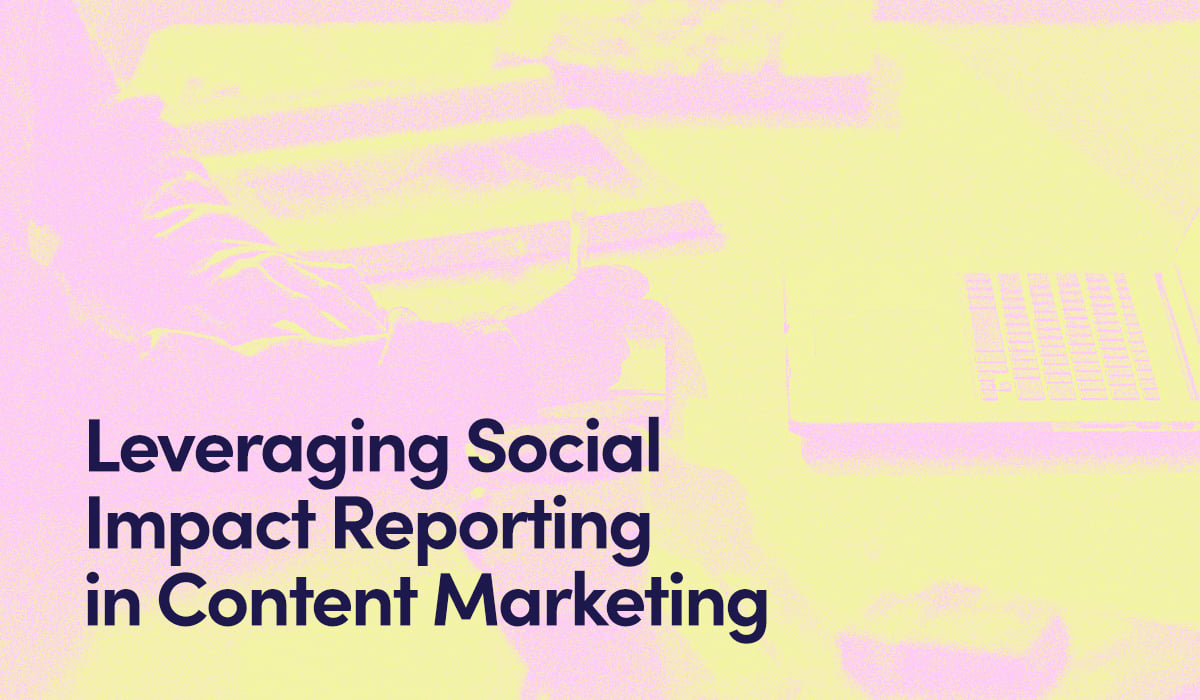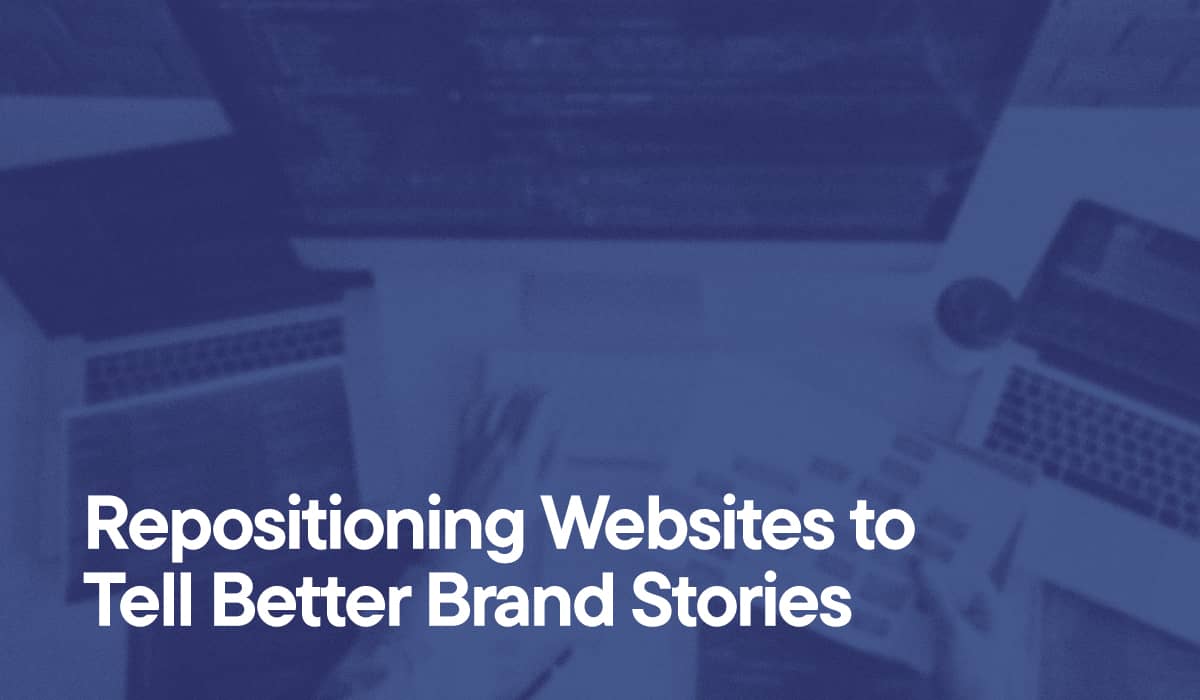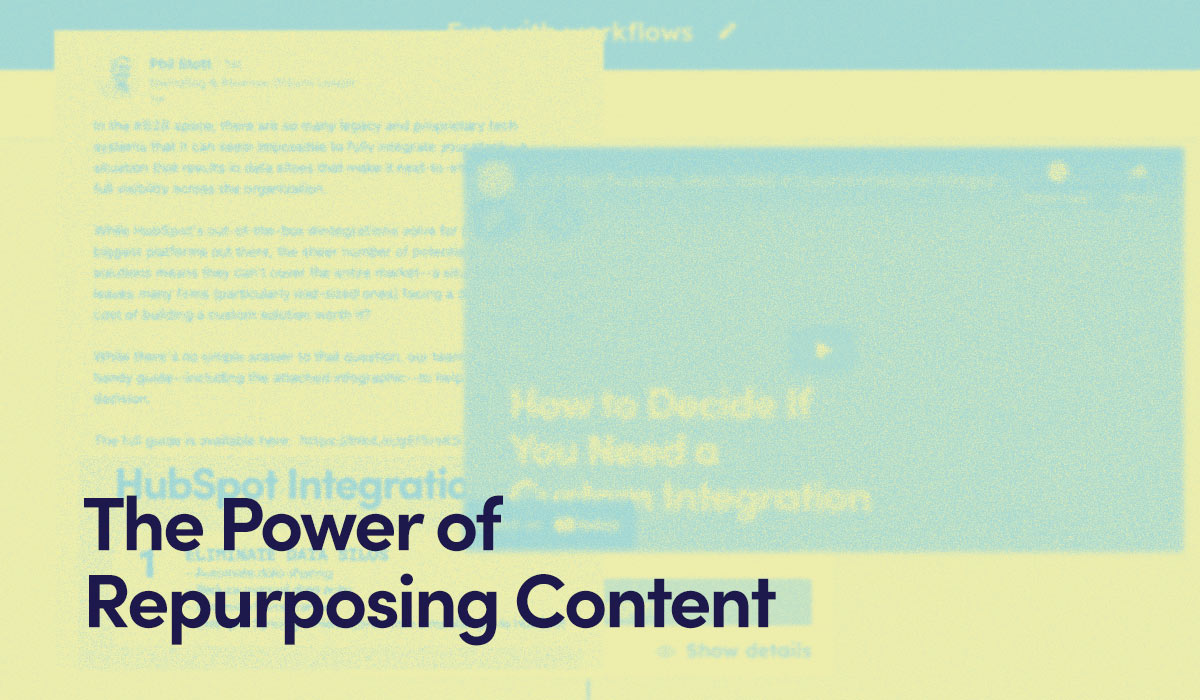Social impact reporting has taken on greater significance across businesses of all sizes in recent years, a phenomenon largely attributed to the climate crisis and the consequences of inaction. As a result, the corporate world has been publicly outlining efforts to address these seismic issues. However, it is crucial to understand that consumers and investors have wide-ranging concerns and are not exclusively focused on climate-related matters when deciding which businesses to support financially.
As the social impact reporting space has evolved, it has become evident that actively engaging with social causes that resonate with people can have a positive impact on your business, regardless of industry. In effect, even if your business doesn’t have an outsized impact on the environment, for example, there are other issues that are of serious concern to stakeholders, such as corporate governance, diversity, equity, and inclusion (DEI), workers’ rights, health and safety in global supply chains, and so much more.
That’s why many companies now view social impact reporting as a natural progression, allowing them to consolidate their efforts into a compelling narrative supported by relevant data and documented examples of difference-making initiatives. By strategically packaging this information for the world to see, organizations can showcase their commitment to helping drive social change—but that’s just the start.
The next logical step is leveraging social impact reporting to advance broader digital marketing goals. Whether it involves utilizing social media platforms, producing engaging video or podcast content, or implementing content marketing strategies that resonate with your audience, most organizations with an online presence strive to establish relationships with good-fit customers.
In this piece, we explain how social impact reporting efforts can be harnessed to strategically capture your audience’s attention through effective content marketing.
What Is Social Impact Reporting?
Despite the increased attention paid to social impact, some confusion remains. For starters, organizations want to know if they’re under regulatory pressure to disclose impact-related metrics or if it simply makes good business sense. First, let’s get to the bottom of what we’re discussing.
Basically, non-financial social impact reporting measures a company’s role in society, the environment, and the workplace, among other factors. It encompasses everything from general impact reporting to more data-heavy disclosures, such as Environmental, Social & Governance (ESG), and Corporate Social Responsibility (CSR). (We break down each in this helpful blog demystifying the space.)
As the social impact reporting space has evolved, it has become evident that actively engaging with social causes that resonate with people can have a positive impact on your business, regardless of industry.
It’s also more ubiquitous than people may realize: According to an analysis by a consortium of accounting firms, 95 percent of major corporations reported on ESG-related efforts in 2021. While corporate accountability, investor interest, and heightened awareness by consumers have contributed to its expansion, regulatory requirements have also played a role: The U.S. Securities and Exchange Commission (SEC) last year announced new disclosure requirements for public companies, including greenhouse gas emissions, and European regulators have also developed ESG-related rules.
Social Impact Reporting & Content Marketing
Your social impact content marketing efforts begin with the report itself. To be sure, a lot of work goes into weaving a narrative that resonates with very specific audiences, including your employees, current and potential investors, potential customers, and the wider business community.
It Begins With the Impact Report
Developing a compelling narrative about the impact your organization has on the environment and other social issues is critical. It’s equally important to be transparent and utilize data when appropriate. This is an opportunity to share your mission, values, and important initiatives with your various stakeholders—false representations, obfuscations, and hyperbole will undermine everything you’re hoping to achieve. You also want to distinguish yourself from competitors as best as possible. For example, in our inaugural social impact report, we utilized audio storytelling tools like the one below to improve engagement:
Promote Your Social Impact Report
To effectively promote your impact report and maximize its reach, it’s crucial to develop a comprehensive content plan that encompasses strategic email campaigns, engaging blog posts, and thoughtful social media posts. Planning and preparation are key to ensure you capture the attention of your target audiences with compelling messaging and content. Also, keep in mind that impact reports are typically released annually, offering ample opportunities to create months’ worth of relevant content aligned with your goals.
A lot of work goes into weaving a narrative that resonates with very specific audiences, including your employees, current and potential investors, potential customers, and the wider business community.
Blogs
As a HubSpot partner agency, we’re big believers in the platform’s pillar strategy—using a more comprehensive blog as a guide to build out the rest of your content plan. If you think of your impact report as the proverbial “pillar,” you can produce a series of blog posts summarizing various aspects of your report. While this approach helps establish you as an authority and is beneficial for SEO purposes, it also allows you to generate increased traffic back to the report—the prized content you want everyone to engage with.
Take your blog approach a step further by publishing pieces about your core values or social issues that are important to your organization, such as sustainability, DEI, workers’ rights, social justice, accessibility, economic inequality, gender equality, and poverty.
Site Pages
Since we’re on the topic of leveraging thoughtful content to supplement your marketing efforts, don’t forget about your site’s landing pages! Often underutilized, these core site pages can be a boon for your SEO efforts. If your mission is to make a positive difference in the world, then sprinkling impact-related messaging about your initiatives throughout your site should be a priority. If you’re unclear about where to start, use your impact report as inspiration to develop content that resonates with your various stakeholders—and don’t forget to link to the report when it makes sense!
Email Campaigns
While the modern era has been defined by the meteoric rise of social media platforms, email remains a critical component of most content marketing campaigns. As you build your database of customers, potential investors, and other stakeholders, you can target these disparate audiences with relevant, impact-related content. If one of your goals is to attract talent, discuss the benefits of wellness initiatives, describe your efforts to improve work-life balance or explain why having a distributed workforce has worked for you. Remember, issues like workers’ rights are important to other segments of the population as well—including potential customers. If they see that you’re genuine about treating your team members with respect and value them as human beings, they may very well become some of your more reliable customers.
Social Media
When it comes to harnessing the power of social media to drive engagement to your impact report and related initiatives, it’s best to focus your efforts on platforms where you’ve already developed a robust audience. It’s also important to remember that messaging is key. If you’re trying to draw interest from investors, LinkedIn could offer unique opportunities. Leverage content from the report that speaks to the business community, your industry, and how socially conscious business practices have helped you succeed. LinkedIn is also a popular destination for business professionals, making it a great place to discuss corporate policies intended to improve the lives of your workers. You can simultaneously try to engage with a broader audience on sites like Twitter, Facebook, and Instagram. If you have a budget dedicated to social media, pay-per-click campaigns may be necessary considering the devaluing of non-paid content over time. None of these efforts, however, occur in a silo—these various campaigns should be intended to support clearly defined goals, such as driving traffic to your impact report and promoting your difference-making initiatives.
Showcase Your Positive Impact on the World
Want to Connect With Values-Driven Consumers and Investors?
Amplify Your Story With Social Impact Reporting arrow_forwardRecap
When it comes to creating compelling social impact content, the opportunities are seemingly endless. As we mentioned previously, your impact report will remain relevant for months after it’s published—giving you adequate time to create emails, blogs, social media posts and other content to support the project. Beyond that, you can also develop relevant white papers or other long-form content that will allow you to collect leads and grow your email database.
Think of your social impact report as a goldmine of valuable information that can be repeatedly deployed to support your larger content marketing goals. And as always, stay true to your values and mission.
Whether you’re considering working with a new social impact reporting partner or just starting, we can deliver a compelling impact narrative that clarifies your message, amplifies your mission, and empowers customers, investors, and talent to better engage with your brand. Learn more about our impact reporting capabilities and how we can leverage them to bring your impact story to life.




